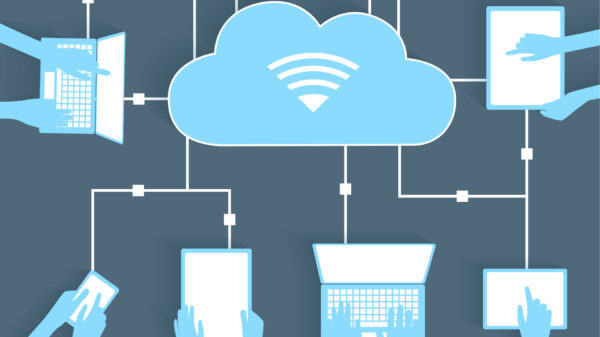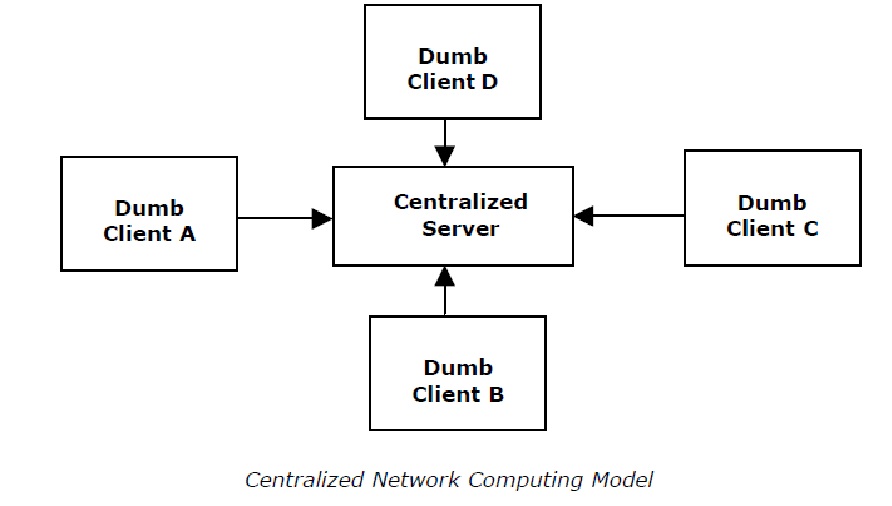IT centralization is defined as the consolidation of an enterprise’s technology resources to better fund and regulate computing. A single IT department supervises every aspect of hardware and software deployment and integration. All functions, from strategy to planning, development, and operations- report directly to the head of IT. This is often implemented when allowing separate departments or branch offices to provision their own IT systems and services does not meet desired business outcomes. A well-planned and executed centralization initiative simplifies and streamlines administration, improves data integrity and reduces overall cost.
Let’s further explore the benefits of centralized IT structures in the modern world.

1. Avoid Duplication of Effort
A centralized IT infrastructure is one where all networking equipment and servers are in a single location. This makes it possible to decrease hardware costs because businesses often need extra equipment when these resources are scattered across multiple locations.
Organizations can also prevent duplication of effort which typically exists with distributed units. Again, this occurs when extra time and money are invested in duplicate systems in an attempt to improve efficiency. As a whole, centralizing IT systems simplifies troubleshooting, refines asset management skills, and allows companies to share and implement best practices uniformly.

2. Greater Uniformity & Coordination
Centralized computing enables administrators to achieve better insights into the workings of an organization. This makes it easier to perform tasks, especially those that are scheduled on a daily basis. For instance, security patches, new software installations, and updates can all be managed from a single location. If we look at this from the perspective of a company with a decentralized IT structure, it faces multiple challenges almost every day. Firstly, the nature of such tasks requires staff to tackle each separately at multiple sites and this is a time-consuming process that ultimately increases expenses and affects productivity. Secondly, it adds to the difficulty of training specialized IT employees like software engineers and Oracle database administrators in niche projects. This is because IT infrastructure is not unified which makes it difficult to share resources across multiple teams and departments.
With centralized computing, companies can enhance the flow of information for better knowledge-sharing and coordination among team members in different departments. This also simplifies workforce training and leads to a more detailed understanding of policies and workflows across the organization.

3. Improve Security
Security is only effective when administrations are given greater control and oversight of information on the company’s computers, networks, and servers. This increases transparency as it enables businesses to easily account for their computing assets and secure them. This is particularly important, considering that the enterprise environment has dynamically changed over the years. Today, companies and organizations are increasingly relying on both virtual and physical environments deployed in either private or public clouds to enhance service availability and improve business capabilities. What’s more, the wide range of software and tools that makes all this possible deserve maximum security. In such cases, centralized computing offers a clear-cut advantage over the decentralized system.
Firstly, it effectively meets industry-specific regulations such as security standards in HIPAA for healthcare. This requires varying degrees of IT and database centralization, typically for data-security purposes. Thin Clients fit the bill perfectly as the goal of these devices is to centralize computing resources with all the benefits of added security, easier maintenance, and smooth upgrades. For instance, Thin Client solutions by ClearCube and Devon IT are fully TAA compliant and come with airtight security controls that enforce data integrity in centralized and virtualized environments. Click here for more information that how their Thin Clients can support your business and promote IT centralization. Secondly, centralized IT creates a single point of accountability in case of a system failure or data breach attempt, and this improves visibility into technology stacks across the workplace.

Final Thoughts
There are several benefits associated with centralized computing and each is vital to business success in its own way. Hence, the list is practically endless. Even so, many would agree that the ease of control and reduced cost of ownership as a result of having fewer computing elements to manage are the two features that stand out in a centralized IT initiative. Others would look forward to the low software and hardware costs brought about by adopting this system. This would otherwise be impossible to achieve in a decentralized structure because spreading systems out to a greater number of departments means more equipment purchases.
In any case, the motivation behind implementing centralized computing varies from business to business. Evaluate your business model and use cases before deciding on whether a centralized or decentralized project plan will best suit your organization. Even then, it is safe to say that the inefficiencies and expenses associated with decentralized IT are very likely to push businesses to the central model. This is especially so, considering that we operate in an era that screams digital and competitiveness at all times.
